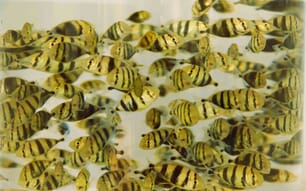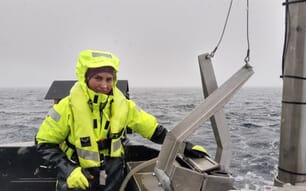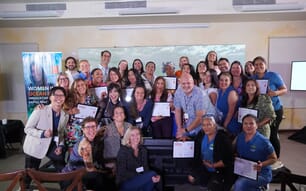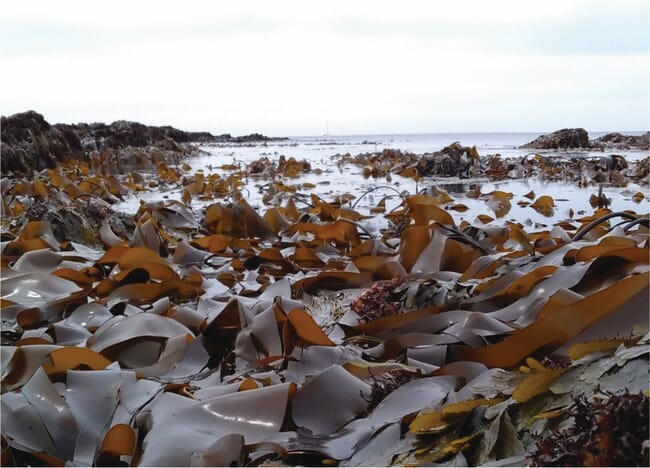
Alaska's aquaculture sector currently focuses on macroalgae and shellfish © Marine Biological Association
The state’s seaweed and shellfish industries are set to pick up steam in the next five years as policymakers capitalise on Alaska’s vast coastline. The state boasts enormous potential to become a leader in the aquaculture industry – and the US Department of Commerce agrees.
The Alaska Mariculture Cluster, a coalition of economic development districts and organisations, received a $49 million Build Back Better Regional Challenge grant that was funded through the American Rescue Plan. The cluster has five years to spend the money.
“We won’t have much time to bask in the glory of the moment,” said Robert Venables, executive director of Southeast Conference, which led the project. “But we got a lot of work ahead of us, so we’re excited.”
The bulk of Alaska’s aquaculture industry is in the Southeast, Kodiak and Prince William Sound. Some operations have emerged on the Kenai Peninsula as well. According to Alaska Public Media, many ventures focus on growing kelp, saltwater clams and other types of shellfish.
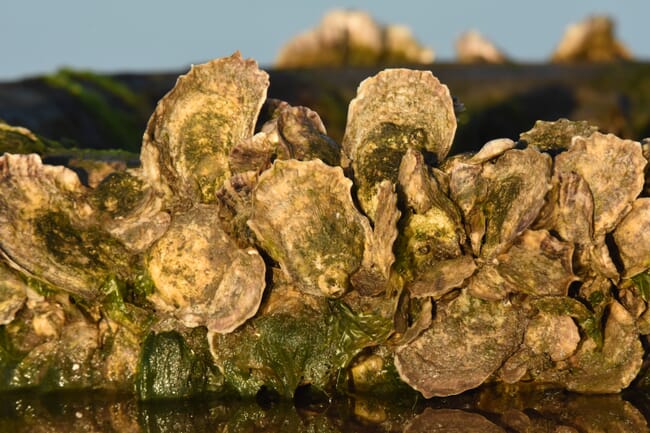
The cluster identified eight different projects to pursue, including a revolving loan fund and a plan to build up mariculture equipment and technology
Tim Dillon with the Kenai Peninsula Economic Development District, the local lead on the project, said the mariculture cluster has been gathering information from Alaskans in the business to decide where the money is needed most.
The cluster identified eight different projects — including a revolving loan fund, funded at $9.3 million, and a plan to build up mariculture equipment and technology, funded at $15.9 million.
Dillon said he’s excited about the $9.3 million appropriated for workforce development.
“One of the things that we’ve heard is the greying of the fleet from our commercial fishermen,” he said. “Well, this is an opportunity that maybe we can get some newer folks, some younger folks or some people [involved].”
In a press conference on 2 September, President Biden said that building a workforce is a key component of the project. The Build Back Better Regional Challenge grants will create local jobs so workers can find opportunities where they live.
“It’s centred around a vision that as our economy recovers and modernises, as science and technology accelerate and change the nature of how we manufacture — we want workers and small businesses leading this transition, making sure they’re a part of it,” Biden said.
Commerce Secretary Gina Raimondo said the grants make up the biggest investment the Department of Commerce has made in individual communities, at $1 billion in total funding across 21 projects. She said the mariculture project was one of 529 applications the department received.

